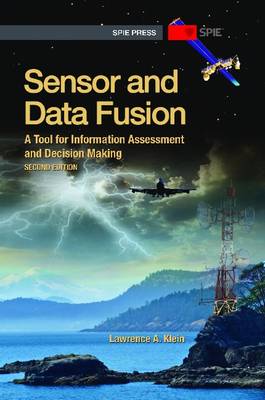SPIE Press Monograph
1 total work
v. 138
This book illustrates the benefits of sensor fusion by considering the characteristics of infrared, microwave, and millimeter-wave sensors, including the influence of the atmosphere on their performance. Topics include applications of multiple-sensor systems; target, background, and atmospheric signature-generation phenomena and modelling; and methods of combining multiple-sensor data in target identity and tracking data fusion architectures. Weather forecasting, Earth resource surveys that use remote sensing, vehicular traffic management, target classification and tracking, military and homeland defence, and battlefield assessment are some of the applications that benefit from the discussions of signature-generation phenomena, sensor fusion architectures, and data fusion algorithms provided in this text.
The information in this edition has been substantially expanded and updated to incorporate recent approaches to sensor and data fusion, as well as application examples. A new chapter about data fusion issues associated with multiple-radar tracking systems has also been added.
The information in this edition has been substantially expanded and updated to incorporate recent approaches to sensor and data fusion, as well as application examples. A new chapter about data fusion issues associated with multiple-radar tracking systems has also been added.
